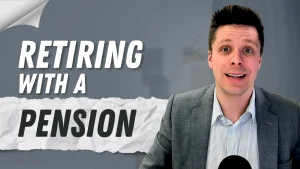What does retiring at 55 with 2 Million look like? How much will you be able to spend on a monthly basis? Find out as we walk through Heather’s situation.

Marc Sabourin is a Winnipeg-based Financial Advisor and Retirement Specialist with Harbourfront Wealth Management. His specialty is working with pre-retirees and retirees who are looking for retirement, investment, & tax advice.
Disclaimer: The views expressed are those of Marc Sabourin, Certified Financial Planner, and Investment Advisor, and not necessarily those of Harbourfront Wealth Management Inc., a member of the Canadian Investor Protection Fund